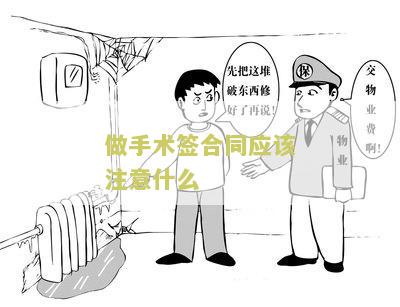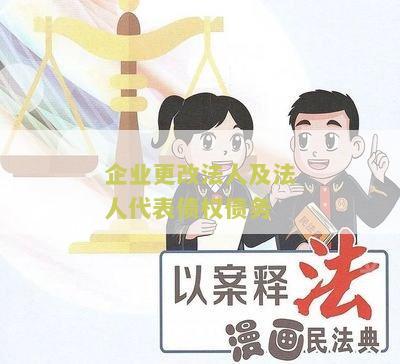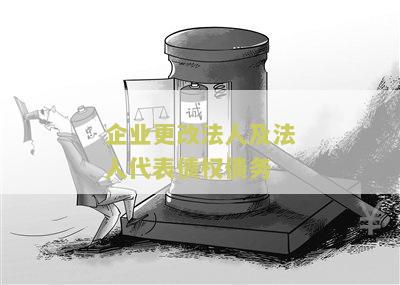合同上要注意哪些问题英文翻译及合同中需要注意的问题
合同上要关注哪些疑问英文翻译及合同中需要留意的责任疑惑
Introduction:
Contracts are legally binding agreements that specify the rights and obligations of parties involved in a transaction or business relationship. When entering into a contract, it is important to pay attention to various aspects to ensure clarity, frness, and avoid any potential disputes or misunderstandings. This article will discuss the key points to consider when translating contracts into English and the important aspects to pay attention to in contract drafting.
Translation of Contract:
When translating a contract into English, accuracy and precision are crucial to preserve the original meaning and intent of the contract. The following tips can be helpful:
1. Legal Terminology: It is important to use ropriate legal terminology in the translation to mntn the accuracy and legal validity of the contract. Familiarity with legal terminology in both languages is essential to accurately convey the meaning.
2. Style and Structure: Contracts have specific structural elements, such as headings, clauses, and paragraphs, which should be mntned in the translation. Consistency in style and formatting is essential.
3. Ambiguity and Redundancy: Ambiguities and redundancies should be eliminated in the translation to ensure clarity and avoid potential misinterpretations. Attention should be given to remove any wording that could be open to different interpretations.
4. Cultural Considerations: Translating a contract involves considering cultural nuances and differences. It is important to ensure that the translation is culturally ropriate and understandable by the target audience.
Important Aspects to Consider in Contract Drafting:
1. Clear and Precise Language: Contracts should use clear and precise language to avoid ambiguity and misinterpretation. The terms and conditions should be easily understandable by all parties involved.

2. Parties' Identification: Contracts should clearly identify the parties involved, including their legal names, addresses, and contact information. This information helps in establishing the identity of the parties and ensuring their legal capacity to enter into the contract.
3. Terms and Conditions: The contract should clearly outline the terms and conditions of the agreement, including the rights and obligations of each party, payment terms, timelines, and any penalties or remedies in case of breach.
4. Dispute Resolution: Contracts should include a clause specifying the dispute resolution mechanism, such as arbitration or mediation, to resolve any potential disagreements between the parties. This clause helps in avoiding costly and time-consuming legal battles.
5. Governing Law: The contract should mention the governing law that will be used to interpret and enforce the agreement. This helps in determining the licable legal framework and resolving any conflicts of laws.
Conclusion:
In conclusion, when translating contracts into English, attention should be given to legal terminology, style, structure, and cultural considerations. In contract drafting, clear and precise language, identification of parties, terms and conditions, dispute resolution, and the governing law are important aspects to consider. By paying attention to these key points, parties can ensure that their agreements are transparent, fr, and legally enforceable.
 子硕
子硕






